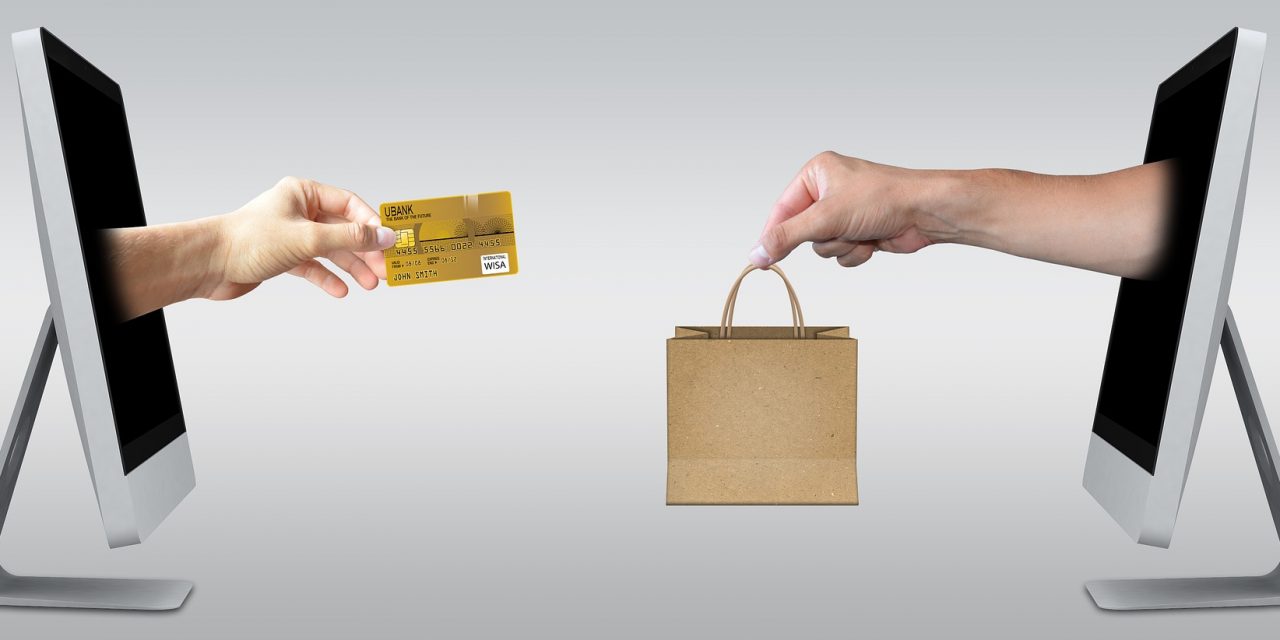eBay is one of the largest corporations that allow people and businesses to list and sell their products to millions of customers. Anyone can start a business on eBay, and the earnings can quickly become a hefty source of income. Of course, just like with any other business, there are some tricks of the trade you need to know about before you start.
Running an eBay store is like running any other store, with some added benefits, such as greater exposure due to the considerable number of potential customers already browsing for products. However, it’s important to know that you don’t get to play by your own rules – you need to follow their rules.
You can run your eBay store by selling your own products or by running a drop shipping business. In either case, the financial benefits can be enormous, with eBay sellers boasting earnings in the thousands per month.
Type of job
- Home Business
skills required
- Marketing
- Finance and time management
- customer support
equipment
- Computer
- Products to sell
pay rates
Pay is totally dependent on your products, hours put in and market awareness.
Running Your eBay Store – How to Get Started and What You Must Know
Running an eBay store is one of the ways to earn by running an online shop.You can choose to sell your products to a local audience (like USA and UK), or on their international platform.
Which is more, eBay allows you to sell drop shipping products. This means that if you don’t have a product to sell and you don’t want to buy in bulk and pay for storage facilities, you can find a drop shipping supplier and profit by selling their wholesale products.
No matter how you decide to approach this business, there are some things you need to know before jumping in.
Getting to Know eBay’s Rules, Policies, and Fees
Being a seller at eBay means that you must follow a strict set of rules which serve to protect both sellers and buyers. Remember that you’re a guest here, and if you don’t follow the rules, eBay will suspend first and ask questions later.
So, make sure you read their rules and policies, and their user agreement carefully and follow them without exceptions if you want to keep selling there. It’s good to take notes and be vigilant when listing items.
eBay’s VeRO Program
eBay’s Verified Rights Owner (VeRO) program ensures that nobody can infringe on the intellectual property rights of others. What this means is that you aren’t allowed to use any copyrighted photos, text, or items in your listings without the owner’s explicit consent.
In other words, no Google search images that haven’t been labeled for reuse, no copy pasting of text, and no branded products (unless the brand has allowed you to sell them). Selling ‘knockoffs’ or brand ‘fakes’ is not permitted.
The same program protects your originality as well, so if you happen to notice someone using your materials, feel free to report them to eBay.
eBay’s Fees
eBay charges three different kinds of fees: insertion fees, which you pay for listing an item; final value fees, based on the subtotal amount you charge your customer (including shipping and handling); and optional listing upgrade fees, when you want to use the extra features provided by eBay.
These fees vary depending on your account type, as well as certain categories of products. You can check out eBay’s selling fees for more information.
Starting Out with eBay – The Best Time to Open an eBay Store
If you’re new to selling on eBay, there are a few essential steps you need to take before opening an eBay store. It’s true that the lower fees involved in running an eBay store may sound enticing but paying for a membership without generating much profit means that you’ll most likely lose, rather than make money.
Namely, if you don’t have more than 200 profitable listings a month, or if your items don’t cost a lot, it’s smarter to start as a regular seller and work your way up. By signing up for a personal or business account, you’ll still be able to sell and gain experience, knowledge, and customers.
Note that opening a business account means that you’ll need to have a legally registered business, and it’s a good option if you’re planning to make a business out of this.
Deciding What to Sell
Once you’ve created your eBay account, it’s time to decide what to sell. Of course, you may already have your own business and products, in which case, you can skip this part. If you don’t, here’s some advice:
Normally, you’d want to go for one niche, such as men’s clothes, watches, you name it. This is because buyers want consistency, and they might be interested in your items more if you offered a range of products in the same niche.
If you haven’t decided what to sell yet, you could check out their Trending page to see what’s popular, as well as do some research into what’s worth selling and how big the competition is.
When you finally decide what you want to try your hand at, it’s time to list your products.
Listing Your Products
You can start out by listing a few individual items for sale. When listing, there are a few important things you need to know:
Writing a title
eBay’s search engine works on keywords. This, however, doesn’t mean that you’re selling to machines. You need to use the most relevant keywords related to the product the way humans speak and read.
You have around 80 characters for this, so use your space wisely and be as specific and detailed as you can. Include the item’s name, artist, or designer; add item specifics, such as size, color, and condition. State what the item is, and write naturally. Correct spelling is, of course, a must.
Writing a product description
The product description is important for eBay’s SEO as much as it’s important for the reader. Your job is to create a text that will please both, so you appear in the search results and convince potential customers to buy the product.
To achieve this, start your description with the keyword you’re aiming for and write at least 200 words about the product. Don’t include only the specifics – the buyers are more interested in the benefits. So, make a combination of both: start with what the product does and then go with what it’s made from and what is great about it.
So, if you’re writing about a phone case made with carbon fibers and reinforced plastic, your reader should first know that this means their phone will survive any fall. In short – give the benefits a good spotlight.
Choosing an Image
When it comes to choosing images, you need them to be of high quality and free from copyright. If it’s your own product, do your best to present it in the best way. If you’re into drop shipping, make sure the image doesn’t violate eBay’s VeRO program, even if it’s taken directly from the supplier.
It’s best if you add more than one image in listing. These could be multiple product views and images that include a description of the benefits. Don’t make them too wordy, though.
Starting Your eBay Store
When you’ve learned enough about the buying and selling process and received a satisfactory amount of revenue and feedback, it’s time to start your full-on eBay store. If you’re selling around £300+ ($500) per month in merchandise, it’s definitely worth opening an eBay store.
To set up an eBay store, you need a business account. So, if you’ve been running a personal account, you’ll first need to convert it into a business account (which can be done in your account settings>personal information>account type).
Also, make sure you’ve included a payment method and a verified PayPal account, as many customers prefer this method of payment.
There are four plans to choose from, depending on the number of listings you’re planning to run. The fees are lower than running a personal account, and you get more free listings.
According to eBay’s recommendations, you should have at least 25 active listings at a time, so make a plan on how to handle the inventory management well.
Choosing Your Name
While you may feel like choosing a creative name for your business, eBay suggests keeping it more straightforward. This is for two reasons:
Your name should tell your buyers what you sell. ““Ben’s Computers” will be more helpful to buyers than a creative name such as “Zebra Park.” explain eBay on their instructions on how to open your store. Another reason is SEO, as this kind of name “will also help search engines find your Store when buyers are looking for the kinds of products you sell.”
Design Your Store
You can hire somebody to implement an HTML-based design for it, you can use an eBay store design app, upload an eBay store template, or simply do it yourself. Make sure your design is intuitive, clean, and user-friendly.
So, divide your products into categories, add impactful visuals, and don’t forget to invite customers to join your mailing list for updates and promotions.
Using eBay Apps
Running your online shop can become cumbersome if you’re selling without the help of some software. eBay offers a list of third-party apps you can explore. These can help in matters of shipping and payment, marketing and merchandise, finance and accounting, inventory, listing, and customer support.
The Bottom Line
Like with any other business, running an eBay store means you need to invest time and energy into research, marketing, and all other aspects of the business. This article has only scratched the surface when it comes to everything you need to know about an eBay store, so we encourage you to do more research.
And finally, if you see yourself succeeding in this business, it’s best that you eventually expand and/or create your own web store. This is because no matter how successful you are at eBay, you’re still a guest there. So, even an innocent mistake that goes against the rules may cost you your business.
Suggested resources
Teaching jobs
Make money from home with an online teaching job You may not realise it, but you no longer need a professional teaching qualification or to leave your home in order to make money from teaching. Many websites exist to match online teachers with students around the...


